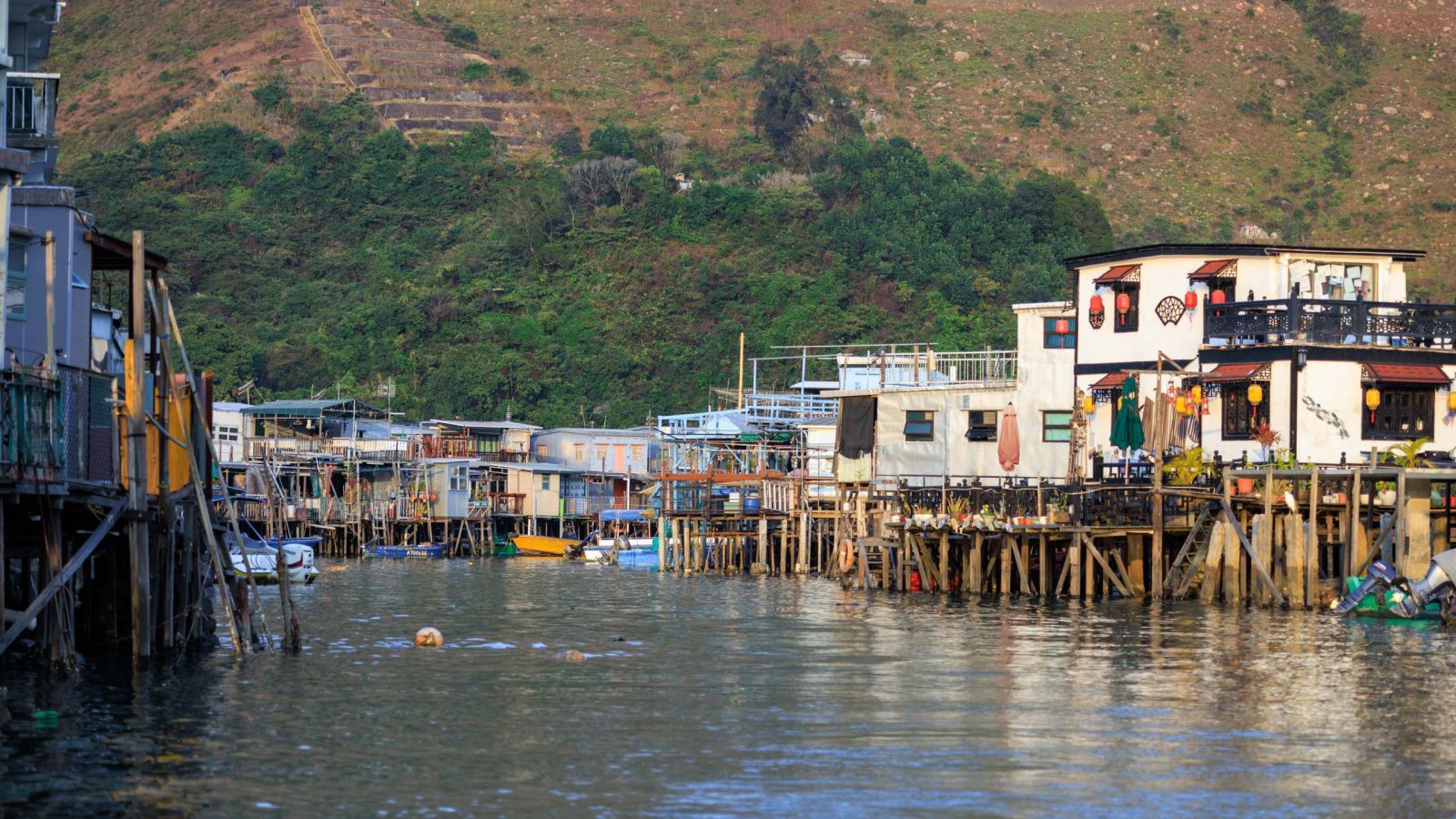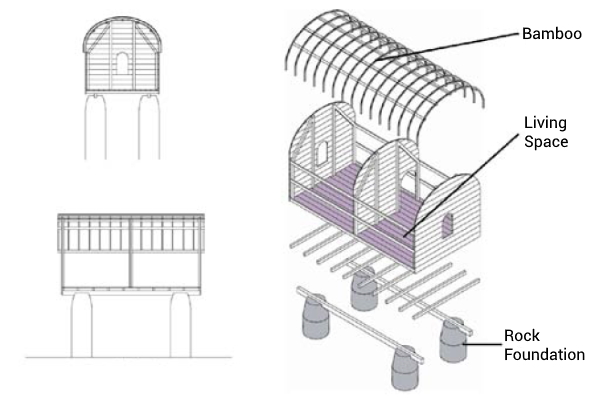Tai O, a village known for its distinct stilt houses and aromatic shrimp paste, provides a glimpse into the centuries-old history and culture of the Southern Chinese Tanka community. The settlement, which was once a significant trading hub during the Qing dynasty, is often fondly referred to as "Hong Kong's Venice", reflecting its water-centric lifestyle.

The History
Serving as the domicile of the Tanka community, a Southern Chinese ethnic group known for their fishing and salt production, Tai O once functioned as a bustling town and a significant trading hub during the Qing dynasty. Its strategic location close to the Pearl River Delta boosted its trade when China inaugurated Guangzhou for foreign trade. The busy scene at this compact place was once comparable to that of Central.
The moniker "Hong Kong's Venice" has its roots in a poignant story. The Tanka community, facing the brunt of social stigma in the past, constructed houses on stilts over the water, separating themselves from the land-dwelling communities. This transition from water to land symbolized their long journey towards societal equality, a transformation that took over a century.
Four types of stilt houses mark the architectural evolution in Tai O:
The first-generation stilt houses, akin to boats fastened to stone foundations, employed bamboo as the main construction material due to its lightness and flexibility. However, it proved susceptible to harsh winds.

The second-generation houses improved upon the first by enhancing the roof's aerodynamics. But the separate assembly of the foundation and house frame posed a risk of being carried away by strong typhoon tides.

The third-generation houses integrated the house frame and the foundation, using Giam wood (坤甸木) typically used for boats. However, its flammable nature proved disadvantageous.


The fourth-generation houses fortified the foundation with concrete and expanded the living spaces, aligning with current standards.

Traversing the creek dividing the village was once dependent on a hand-pulled punt. Today, crossing is much simpler, thanks to the Tai Chung bridge (大涌橋). The grouping of stilt houses is a hard-earned spectacle, deserving of admiration for its unique aesthetic and the cultural history it symbolizes. A boat ride from the footbridge area offers a close-up view of the houses over the water and leads to the Tai O Heritage Hotel.










